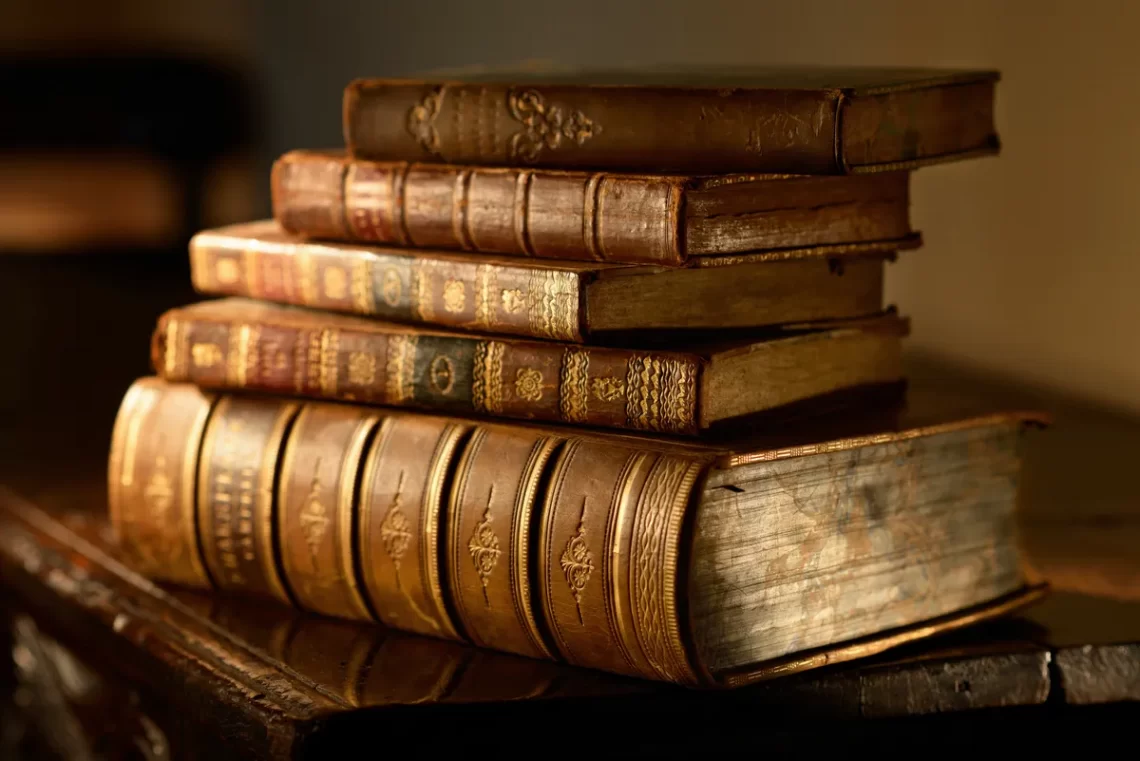The Great Gatsby is a wonderful little novel. Despite its age, it’s remained popular in American popular culture. Yet the fact cannot be ignored that this novel was written a long time ago in a different time. It was written in a different culture, and sometimes while reading the book we might miss out on little details and allusions that were meant for an audience almost 100 years ago. I personally love focusing on small details and really understanding each one of them. So while annotating The Great Gatsby, I came across one of these small allusions that I remember learning about in high school, and I really want to explain it for anyone that might not have learned about it.
“See!” he cried triumphantly. “It’s a bona-fide piece of printed matter. It fooled me. This fella’s a regular Belasco. It’s a triumph. What thoroughness! What realism! Knew when to stop, too—didn’t cut the pages. But what do you want? What do you expect?”
The Great Gatsby
This quote comes from the man with the owl eyed spectacles in Gatsby’s library. He’s mentioned exactly three times throughout the whole book, so definitely a very minor character. The small detail that really caught my interest for this blog post is the mention of “a regular Belasco”. Who or what does this allude to?

This is David Belasco, an American playwright and theater producer in the late 19th century and early 20th century. He was famous for his incredible attention to detail in his plays and his focus on realism. For example, for his play The Easiest Way, Belasco felt that the stage background props weren’t quite shabby enough to imitate a cheap boarding house. So in order to solve this issue, Belasco went to an actual cheap boarding house and bought the furniture, carpet, gas fixtures, cupboards, and even the wallpaper. Evidently, Belasco cared extensively about making his scenes as realistic as possible, and he went to great lengths to make sure every detail was accurate enough, even the wallpaper of a stage room.

The reference to Belasco by Owl Eyes serves to further characterize Gatsby. Owl Eyes seems to have seen straight through Gatsby’s facade of old wealth. He assumed the books were false and expected Gatsby to not commit to the facade by buying actual books. Through this judgement, Fitzgerald shows how Gatsby is unable to truly integrate into old money societies. Despite all his opulence and props, Owl Eyes recognizes him for who he is: someone pretending to be as upper class as the rest of the old money families. Additionally, Fitzgerald shows Gatsby’s dedication to the facade. As Owl Eyes commented, cardboard books would probably suffice to convince everyone of his wealth. However, Gatsby goes to the great lengths of buying a large amount of books he will never read for the sole purpose of appearing rich enough for Daisy. Just like David Belasco’s purchase of a boarding house room’s entire furnishings for the purpose of setting a scene most theater goers would believe without such efforts.
This detail is ultimately only a small paragraph within the sea of the novel. It doesn’t advance the plot meaningfully nor does not knowing about it really affect the reader’s experience. However, I think understanding The Great Gatsby as Fitzgerald intended it to be understood is very important. He included every line for a reason and I like figuring out what each small detail means and what it refers to. Details like this help understand the novel even more, but it also helps experience the novel as Fitzgerald intended his audience in the 20’s to experience it.
